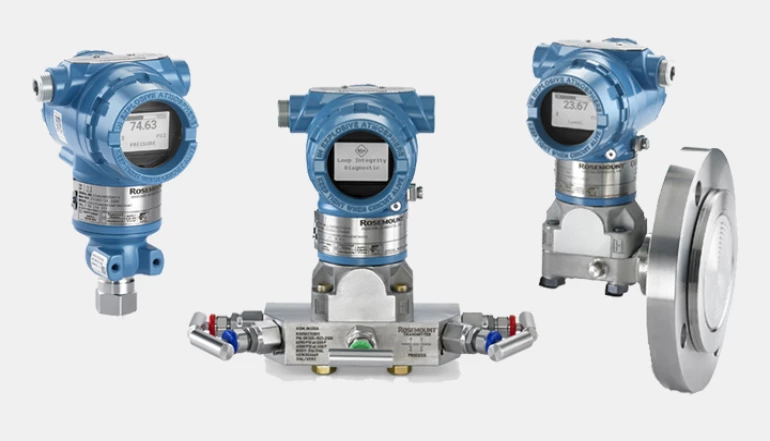Pressure Transmitters: Enabling Precise Pressure Measurement in Industries
Pressure transmitters are essential instruments used across various industries to measure and monitor the pressure of gases, liquids, and vapors within a wide range of applications. These devices play a critical role in ensuring the efficiency, safety, and reliability of industrial processes by providing accurate pressure readings for operational control and automation.
Key Components and Operation:
-
Pressure Sensing Element:
The heart of a pressure transmitter is the pressure sensing element, which can be a diaphragm, strain gauge, piezoelectric crystal, or capacitive sensor. This element deforms in response to pressure changes, generating an electrical signal proportional to the pressure.
-
Transducer:
The electrical signal from the pressure sensing element is sent to a transducer, which converts the physical signal (pressure) into an electronic signal. Common transduction methods include resistance, capacitance, and piezoelectricity.
-
Signal Conditioning:
The electronic signal is then conditioned and amplified to produce an accurate and reliable representation of the pressure. Signal conditioning ensures the output is within the desired range and compatible with the data acquisition system.
-
Output:
Pressure transmitters provide analog (e.g., 4-20mA, 0-10V) or digital (e.g., HART, Foundation Fieldbus) output signals, making it easy to integrate them into control systems, PLCs, DCS, and SCADA systems.
Key Advantages of Pressure Transmitters:
-
Accuracy and Precision: Pressure transmitters offer high accuracy and precision in pressure measurement, crucial for industries where precise pressure control is essential.
-
Versatility: They can measure various pressure types, including gauge, absolute, and differential pressures, making them versatile for different applications and industries.
-
Real-Time Monitoring: Pressure transmitters provide real-time pressure data, enabling operators to monitor processes, detect anomalies, and take immediate corrective actions.
-
Remote Sensing: Many pressure transmitters support remote sensing, allowing for measurement in challenging or hazardous environments without direct human intervention.
-
Integration and Automation: They can be easily integrated into industrial automation systems, enabling automated processes and reducing the need for manual monitoring.
Applications of Pressure Transmitters:
-
Industrial Processes: Pressure transmitters are extensively used in various industries like chemical, petrochemical, oil and gas, manufacturing, and pharmaceuticals for monitoring pressure in pipelines, reactors, vessels, and more.
-
HVAC and Refrigeration: They play a vital role in HVAC systems, refrigeration units, and air compressors to regulate and maintain appropriate pressure levels.
-
Aerospace and Automotive: Pressure transmitters are used in aircraft, automobiles, and other transportation systems to measure air pressure, fuel pressure, and hydraulic pressure.
-
Medical Equipment: In medical devices like ventilators, blood pressure monitors, and infusion pumps, pressure transmitters accurately measure and regulate pressure for patient care.
Pressure transmitters are indispensable instruments for maintaining optimal operational conditions, safety, and efficiency in various industrial and technological processes. Their ability to provide accurate pressure data in real-time enhances the overall performance and reliability of diverse applications.


